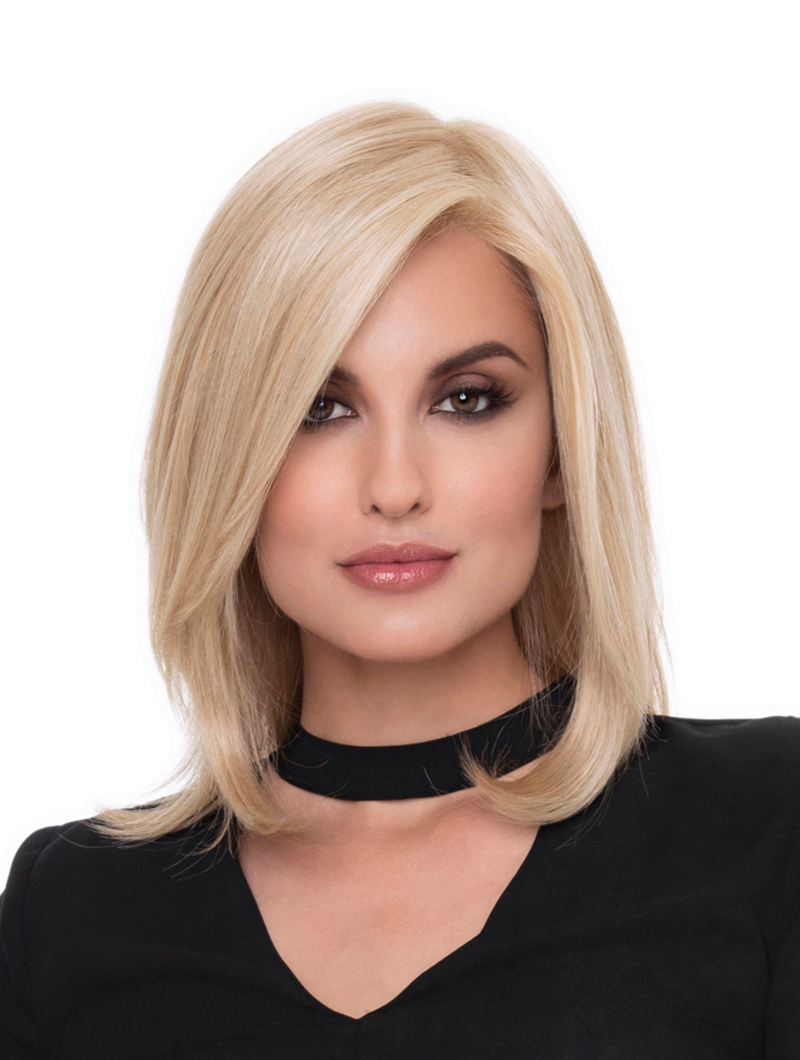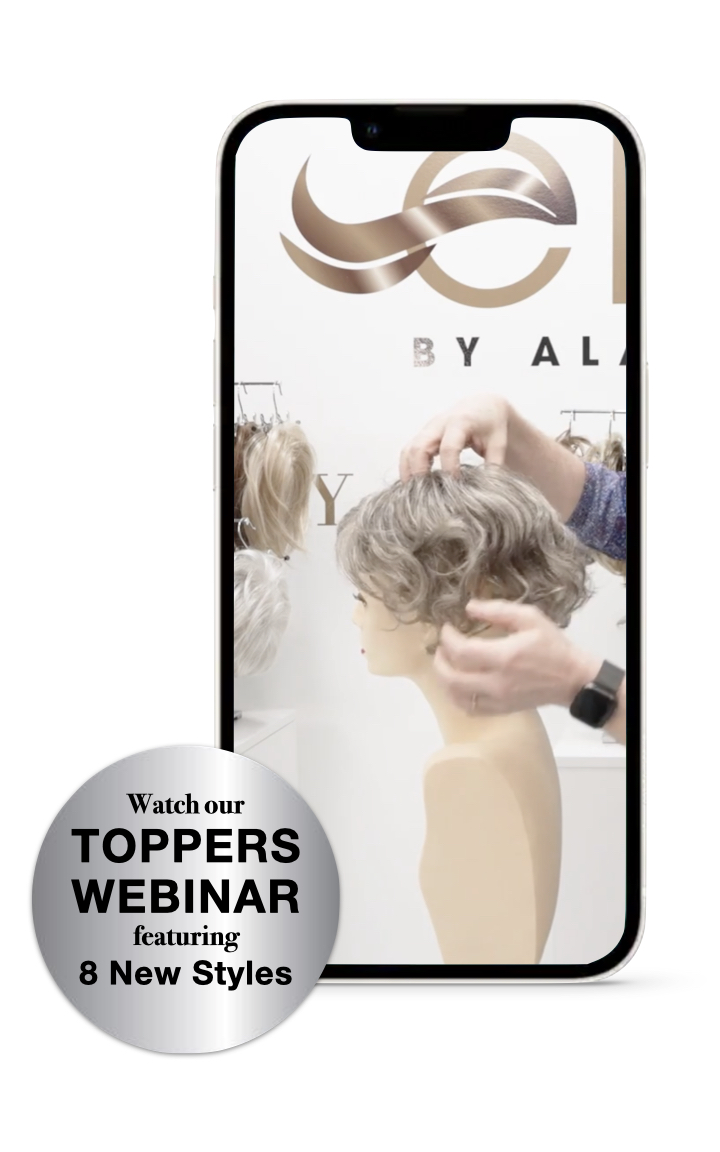Part of the fun of wearing wigs is the experimentation—you can try out a radically different style and discard it again, all in the space of seconds. Have you had long hair all your life? Try on a pixie cut and see how it looks with your bone structure. Impatient for your short do to grow out? Throw on a long, glamorous wig while you wait. And then there are all the colors…. The shade you choose can make or break your hairstyle. But don’t fret! We’ve compiled some handy tips to help find the right hue for you.
If you’ve ever considered changing your hair color before, you’ve probably heard this advice: “choose a color to match your skin tone.” But what does that mean? And how do you find out what your skin tone is? First, it might be helpful to define a few terms:
- Hue: Don’t let the fancy word fool you. A hue is basically just another word for “color.” Red is a hue. So is brown and blonde.
- Shade: This describes how light or dark the color (or hue) is. Dark blonde, light blonde, etc.
- Tone: This is where it can get tricky—tone basically describes how warm or cool the hue is. When you look at the hair in natural light, does it have a yellow or gold cast to it? Or when the light hits it, does the shine seem slightly blue? Sometimes it can take a well-trained professional to pick out these tones, but with some practice, you can start to see the differences.
So, how do you find your skin tone? Start by putting on a neutral or white shirt and stand in ample natural light. Colored clothing and even the light from incandescent or fluorescent lighting can change the way your skin looks. Remove any makeup you may be wearing, and study your face in a hand mirror. Does your skin have yellowish, reddish, or olive tones? Or are you more cool, neutral, or pink-toned? Everyone’s skin has variations in color and tone, but be sure to focus on the most distinct areas.
When choosing a hair color, you’ll want to stay in the same tonal range as your skin color: warm blondes, browns, and reds for warm skin; cool blondes, browns, and reds for cool skin. The stronger the contrast between your hair and skin tones, the more dramatic the look. Sometimes this can be a good thing, but often it ends up looking unnatural or draws attention to flaws in your skin. You can also use your eye color to help determine an appropriate hair color, which works much like skin tone—stick to a similar tonality as your eyes for a more natural, blended look.
At Envy Wigs, we give you 25 multi-dimensional colorations to choose from. As they’re created with the latest tone-on-tone blending techniques, they look natural and hold their shade and shine better, even, than human hair. If you’re in doubt as to the best hue and shade for you, we encourage you to visit your local Envy Wigs retailer—what better way to find your best color than by trying them all—with help from a trained professional, no less?





